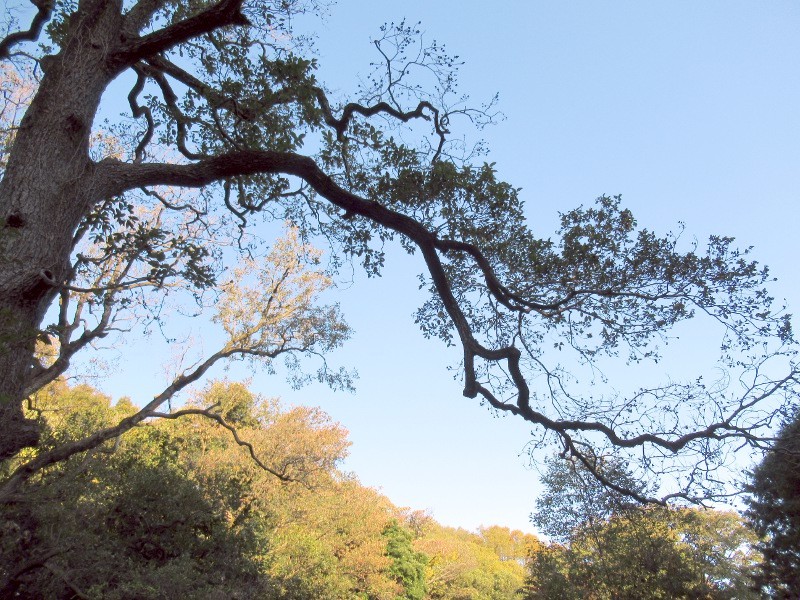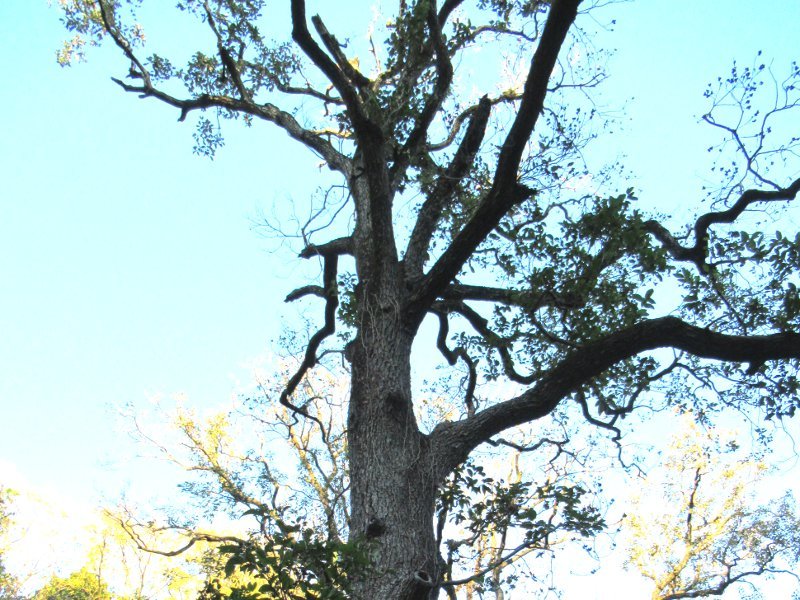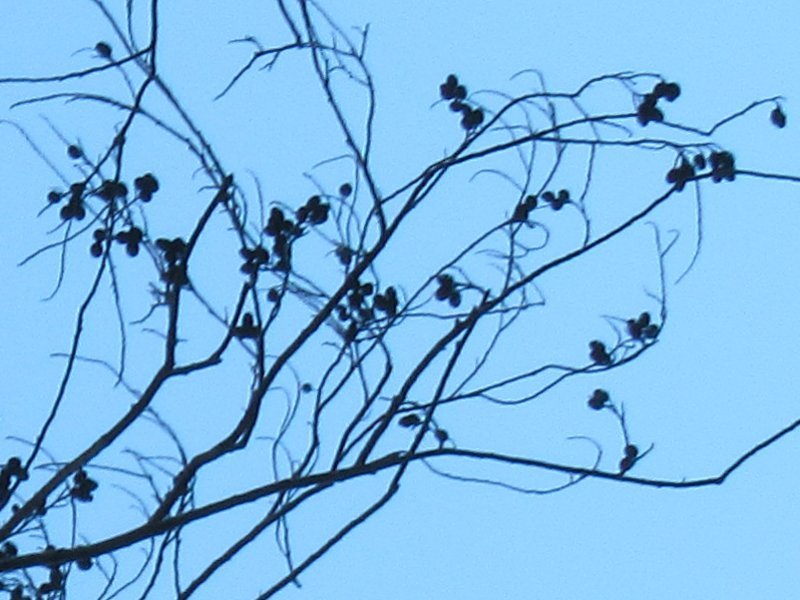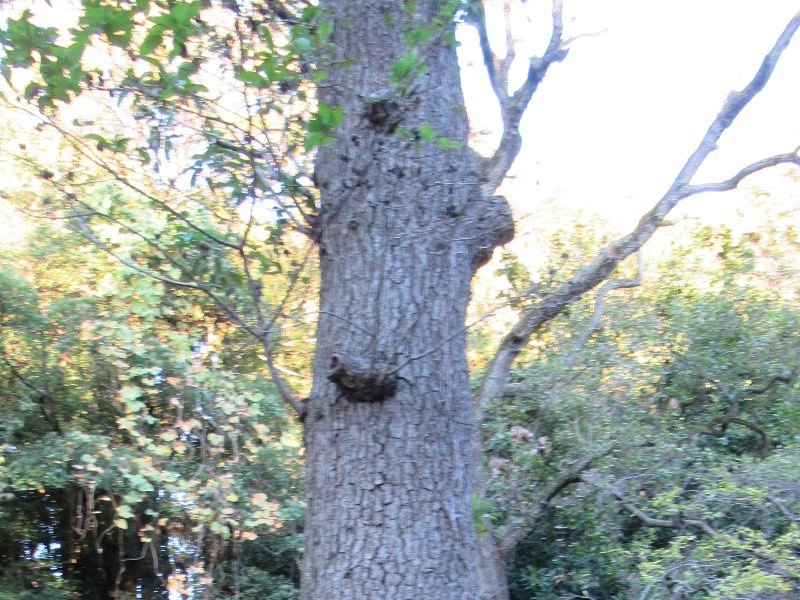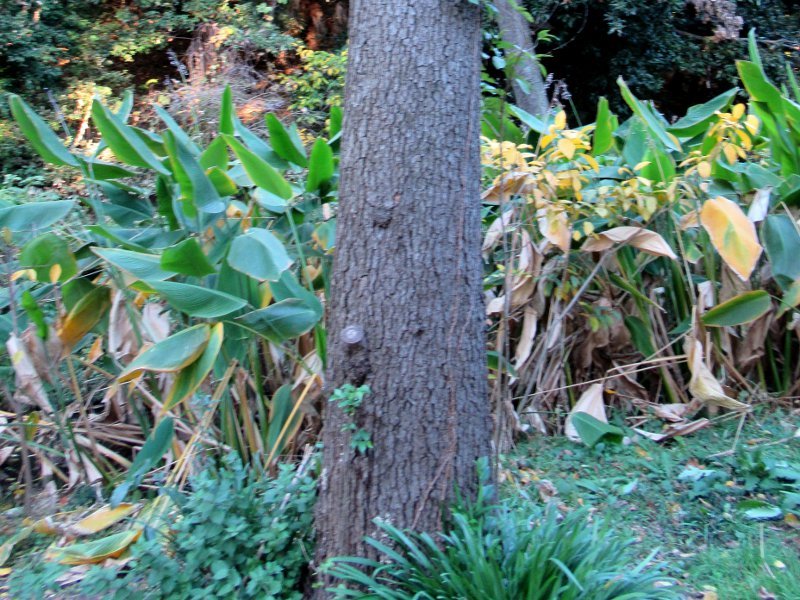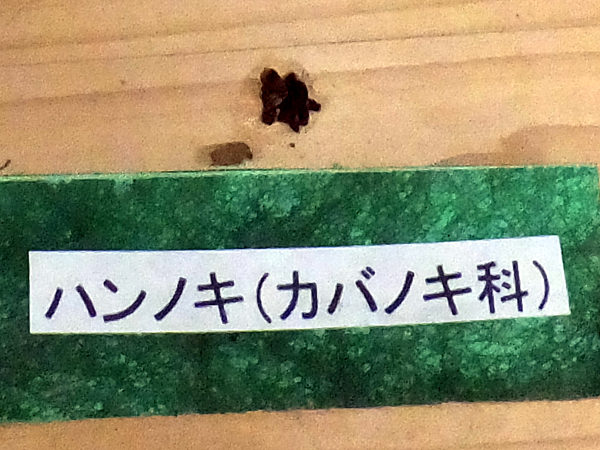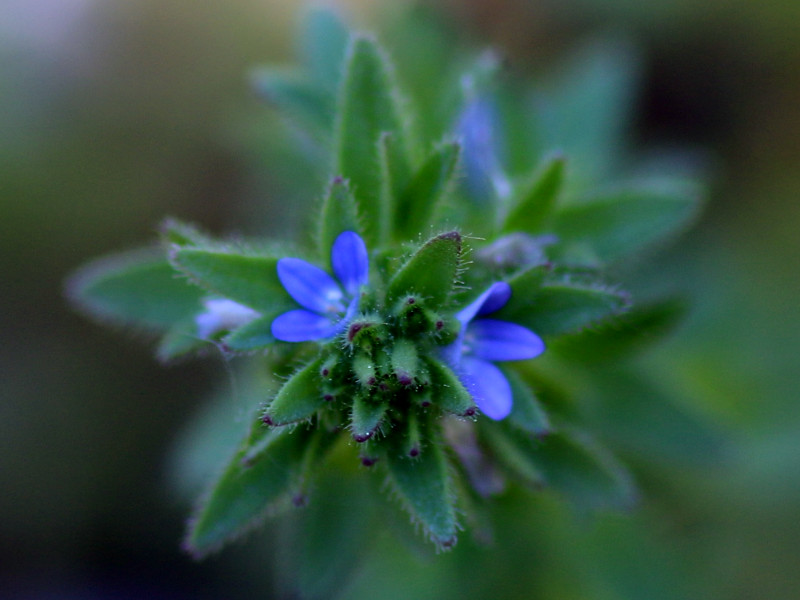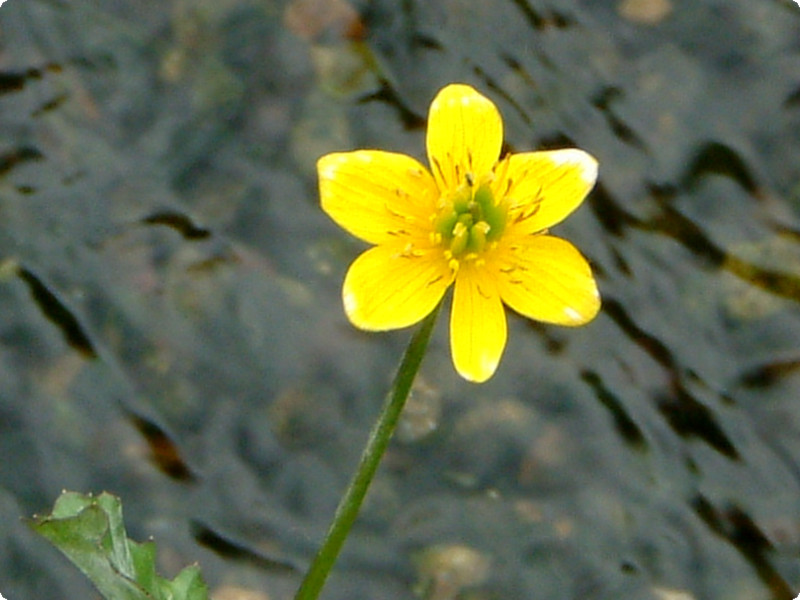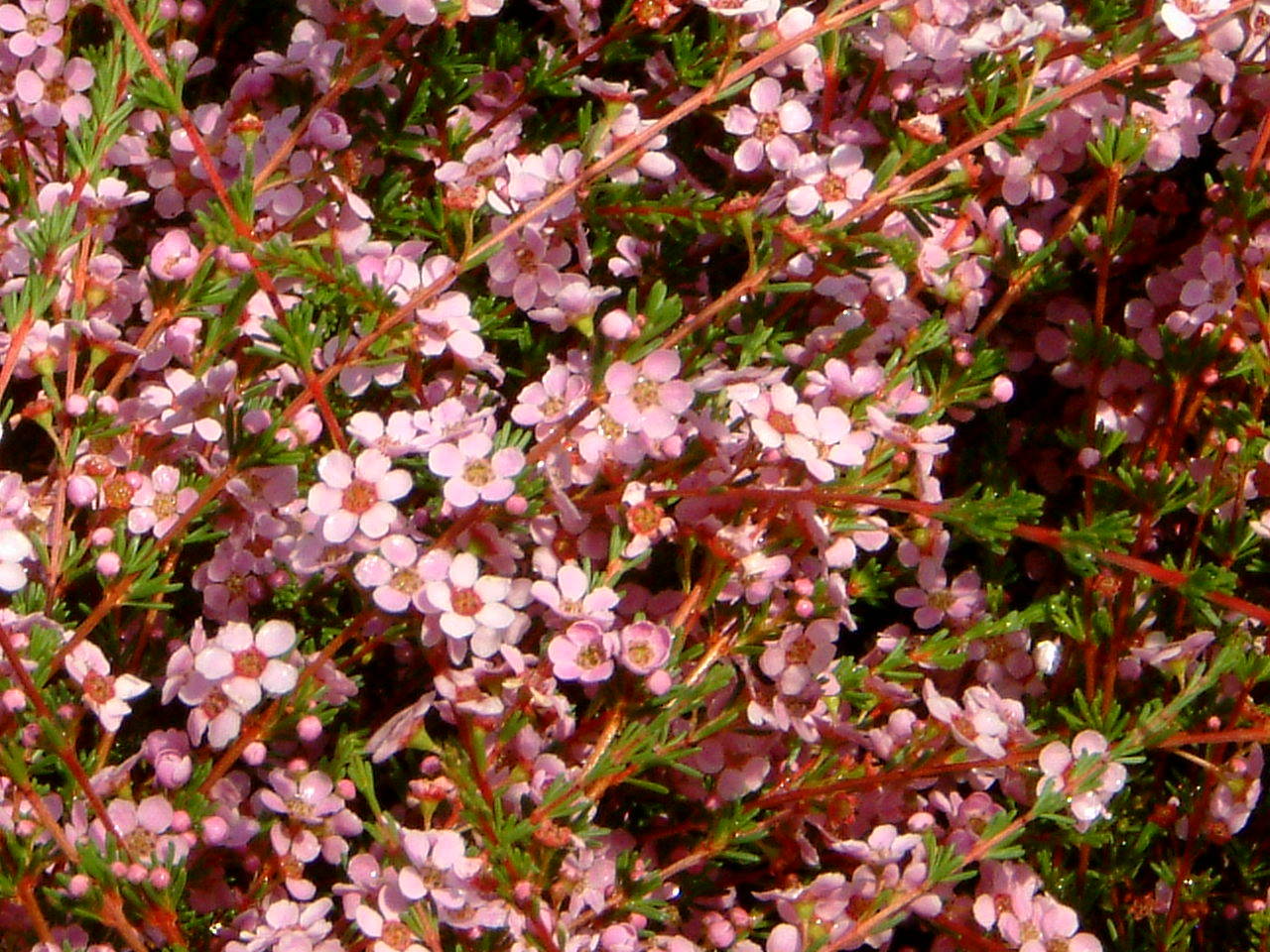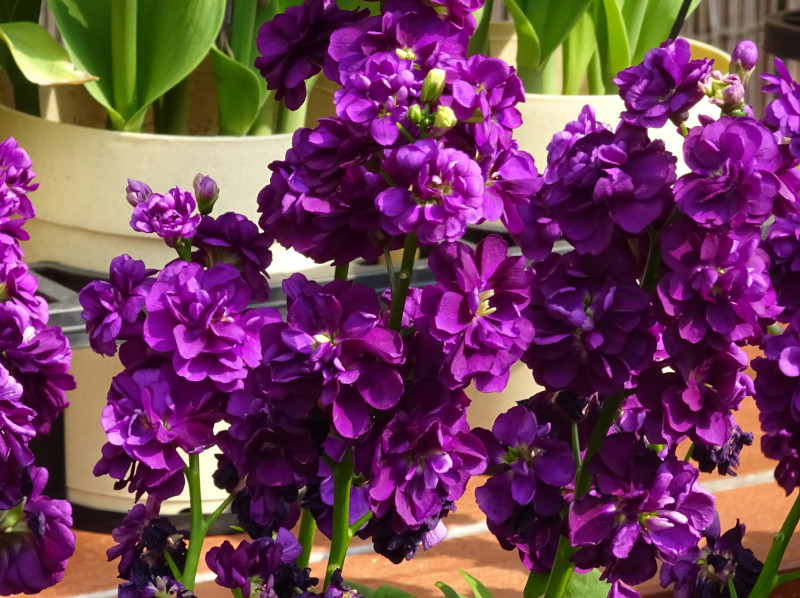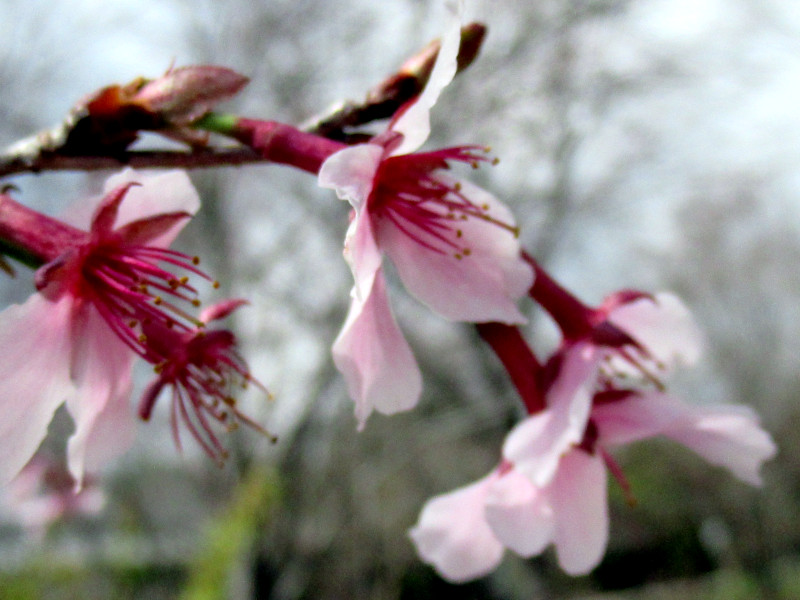Alnus japonica
- Flower nameAlnus japonica
- Scientific nameAlnus japonica
- Alias榛の木, ハリノキ
- Place of originJapan, Korea, Taiwan, eastern China, and Russia
- Place of floweringFields and footpaths, Low mountains
- Flowering seasonJanuary, February, March, December
What is Alnus japonica
Alder japonica, as known as East East Asian alder (scientific name: Alnus japonica) is a deciduous tree that belongs to the family Betulaceae native to Japan, Korea, Taiwan, eastern China, and Russia It grows naturally in wetlands such as swamps and corals, and has granular rhizobia in the roots, growing while supplementing nutrition. The bark is dark grayish brown, with a shallow crack that peels off. Hermaphrodite, hermaphrodite.
In winter and early spring, male and female flowers bloom. The male flower has a floral pattern from the tip of the branch and hangs down two or three cylindrical black-brown catkins. A female flower blooms 1-5 oval and purple-red spikes from a leaf bud beneath the male flower.
Green pine-like (fruit-like) fruit is formed after flowering, and when it ripens, it becomes dark brown and becomes woody. The wood is used as charcoal, building materials, equipment and furniture. However, since pollen scatters from January to June, it is considered as one of the causative substances of hay fever.
Common name: Alder japonica, scientific name: Alnus japonica, aka: Harinoki, or East Asian alder, place of origin: Japan, Korea, Taiwan, eastern China, and Russia, living environment: swamps and bushes Wetlands, life type: deciduous tree, tree height: 15-20 m, bark: dark gray brown and peels off from shallow cracks, leaf shape: oval, base is wide wedge shape, leaf tip is sharp, leaf edge: irregular Thin saw blade, leaf quality: slightly glossy, petiole: yes, inflorescence: mutual growth, strain: hermaphrodite, hermaphrodite, female flower under male flower, flowering period: December to March, inflorescence: simple Fresh flowers, fruit shape: pinecone (fruit-like), fruit color: green → dark brown → woody, fruiting period: October, seeds: flat and oval shape, use: building materials, equipment materials, furniture materials, charcoal Remarks: One of the causative substances of pollinosis in January to June, granular rhizobia at the root.
